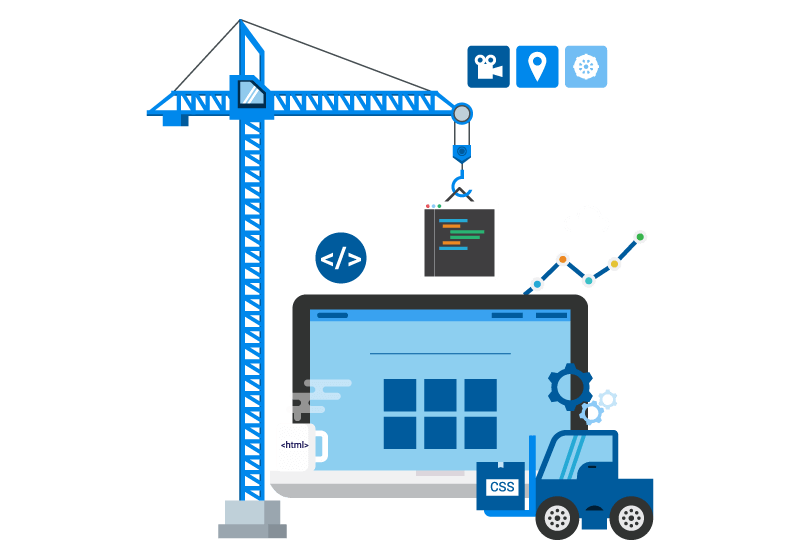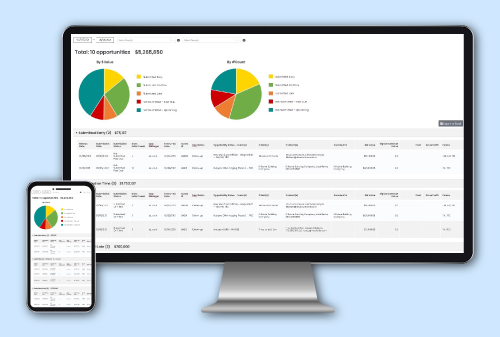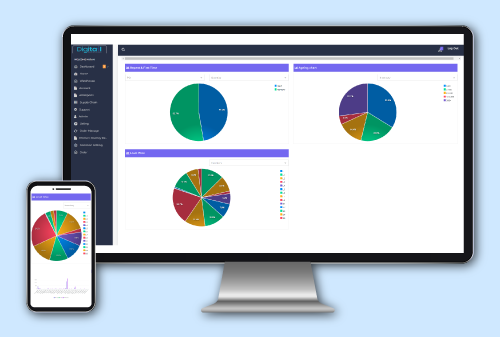
Construction Project Management Software
Advanced project management system along with construction planning software simplifies and streamlines operations both onsite and offsite. Oversee the planning, design, and construction project from start to finish while focusing on time, costs, and quality of the delivered results.
Monitoring of all stages of a project’s lifecycle
Effective team management with tasks assignment and progress tracking
Risk management, project’s cost estimation and budget planning
Team collaboration tools and information exchange
Complete asset management and activity planning

What are the benefits of ERP?
Benefits of Construction Management Software

Effective Document Management
Construction was and still is a business that is document-heavy. The problem is that the things like documents of shift order that nobody seems to recall are normal to miss.
Ensure Greater Safety
Everybody understands that construction can be hazardous work, but it will be much better with modern technologies. Wearable sensors can recognize harmful situations and warn a site management to take necessary actions.
Better Budget Management
As we all know, it’s not easy to run a construction business, so the project costs are managed. If the financial planning of the project is not really managed appropriately, then the contractor could undergo a financial meltdown.
Exact planning and preparations
Bringing the right staff, supplies, and tools to the construction site on time is among the most problems many construction companies and businesses face every day.
Improves Customer Experience
After all, whenever a construction company completes their project swiftly and under budget, clients will walk out the door pleased and fulfilled.
Monitoring
Of necessity, for every organization to achieve long-term success, it’s necessary to track the status of the project. Thankfully, dedicated construction management software plays a vital role in tracking staged projects.
Drop Us a Line
Reach out to us from our contact form and we will get back to you shortly.


